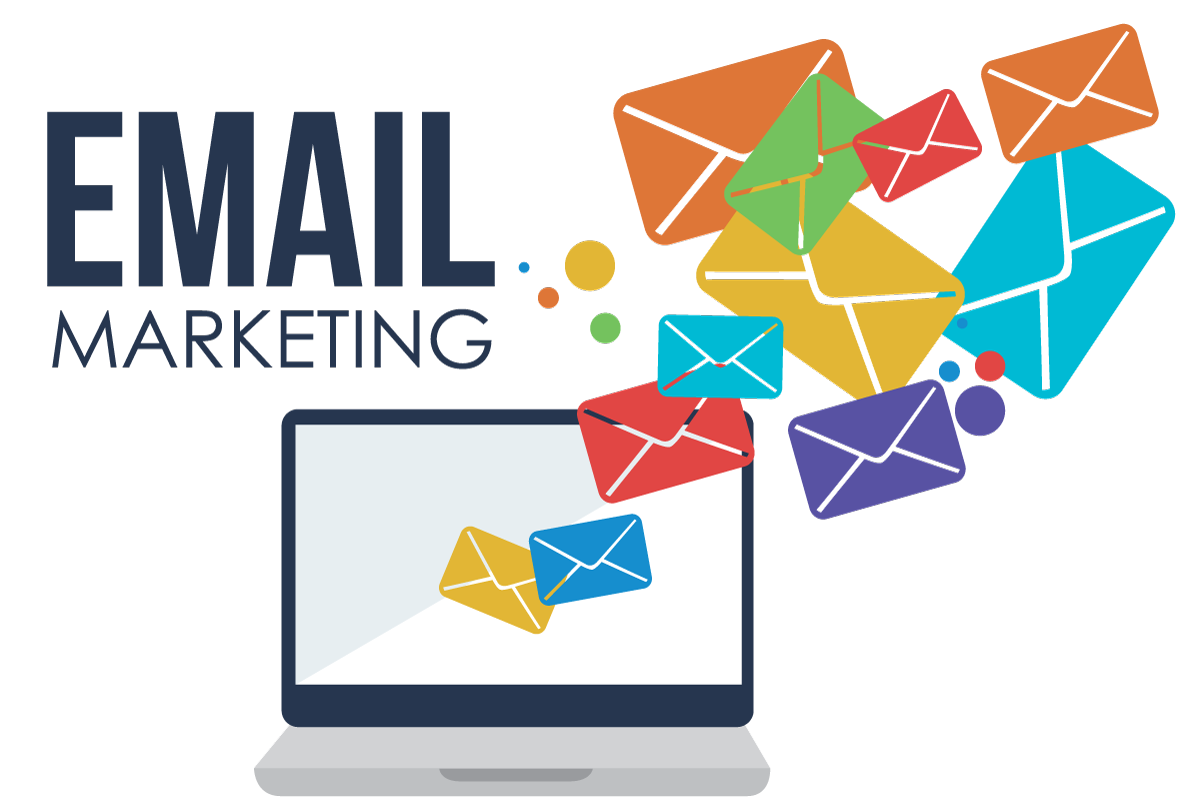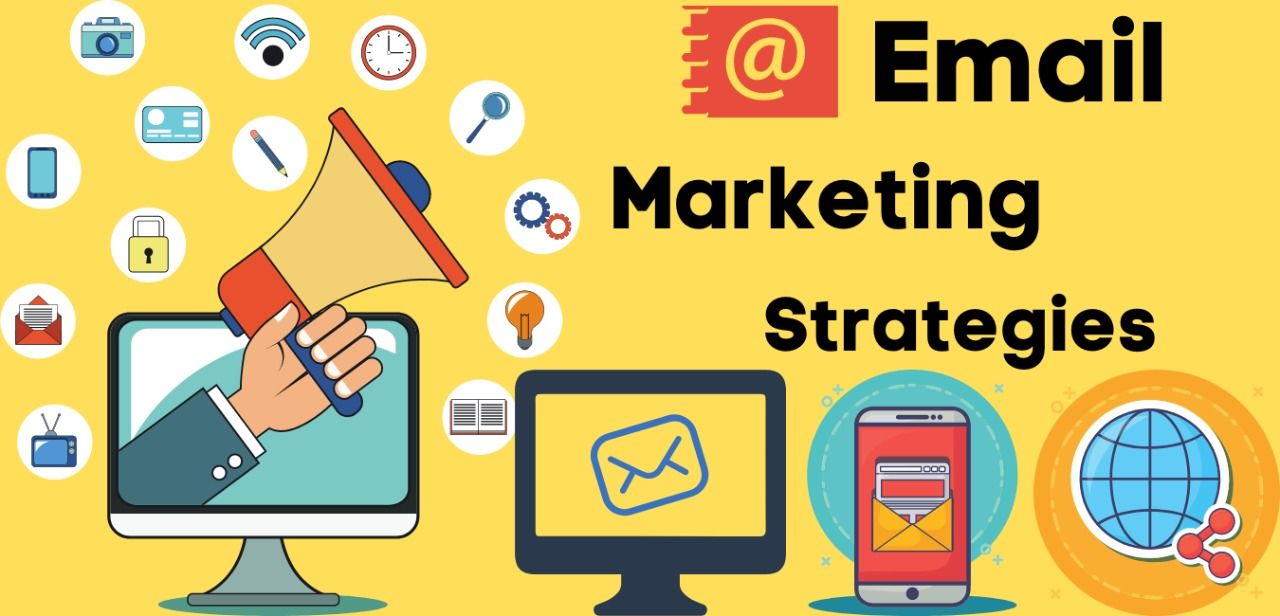More than four billion people, a good proportion of the world’s population, use email daily. Yet, only a few businesses can create effective email marketing campaigns. Email marketing is one of the most efficient methods of communicating with clients. It may assist you in generating leads, increasing brand awareness, and selling more easily. Since it uses a resource that customers depend on daily, email marketing can also be utilized to create leads.
In light of this, this article will tell you how to make an effective email marketing strategy for your business and give you some tips. In many cases, the success of your marketing strategy will depend on how well your email marketing works. It is a marketer’s dream come true since it provides several chances to reach larger audiences. If you design and run your email marketing campaigns well, you can get more conversions, make more sales, and get closer to your customers. Moreover, if done correctly, email marketing has the potential to generate a considerable return.
You can do more than send bulk emails to your prospects if you adopt a strategic and tailored strategy. With email marketing’s real-time data, you can learn something useful from your past email marketing campaigns and use that to make your future efforts better. So how can you create a successful email marketing strategy?
How to Create an Effective Email Marketing Strategy for Your Business
A strategy for email marketing should contain criteria for determining how often emails should be delivered, what content should be created, and who should get it. It is not feasible to skip ahead to the section of the process when the email content is created; instead, each step must be completed in order. All aspects of your marketing strategy must be in sync to gain the advantages of email marketing.
-
Set Goals and Success Metrics
The first step in creating an effective email marketing plan is determining what you want to achieve with email marketing. Starting with a SMART goal is a fantastic place to start when planning future email marketing efforts. The SMART strategy is defined by specific, measurable, achievable, realistic, and time-bound goals.
For example, suppose you aim to boost your email click-through rate by 10% by the end of the quarter. If your goal is clear and measurable, you can set a threshold to let you know when you’ve reached it. You will have met your objective if your click-through rate is 10% higher after the quarter than at the start.
-
Do a Target Audience Research
The next step in making an email marketing strategy for your business is to learn more about your potential customers. You should research your target audience as much as possible, going beyond conventional demographics, like age and gender. You can use the multiple search options on Leadar for your target audience research. When you know who you’re writing for, you can concentrate on identifying the exact themes and writing styles that will best appeal to them.
Keep track of your results, particularly if they are relevant to your business. Perhaps you’ll be able to utilize these suggestions as a starting point for your creative thinking and gain some assistance in coming up with fascinating and engaging subjects for your next email marketing campaign.
-
Review Marketing Results From the Previous Year
You can set goals for this year based on the information in your marketing report from last year. If you don’t already have this report, you should create one. While this process may take some time, it may help you determine your business’s most efficient email marketing methods.

A marketing audit at the end of the year could also show how your customers interact with you in places other than email. If you have a clear picture of which marketing channels and methods work best and which require improvement, you can save time and energy and avoid repeating the same errors.
-
Create a List Segmentation
Email list segmentation is a critical component of any effective email marketing strategy. Not all your consumers will have the same requirements or priorities. You may send messages to your email users specially customized to their interests if you split your email subscribers into groups with diverse demands.
You may be able to improve the number of times your company’s emails are opened, nurture leads, and promote your brand as an expert on the topic if you combine this with an intriguing email title.
-
Start with Important Business Dates and Holidays
After you’ve looked at your current marketing activities, set goals, and divided your email list into groups, you can start to fill up your email marketing calendar. Take out a calendar and note down all of the important dates. Determine how far ahead of each milestone date you should begin spreading the information. Note certain dates, and plan the remainder of your email marketing campaigns around the dates you’ve previously set. Doing so would ensure that your email marketing initiatives will not conflict with one another.
-
Plot Campaigns on an Email Marketing Calendar
The next stage in building your email marketing strategy is to plan your email campaigns on a marketing calendar. This is often the most exciting part. Now you should review the information you have so far about your ideal customers. Use the ideas you’ve written down as a starting point to develop new projects your target audience will like. Then, consider your thoughts from the standpoint of your email marketing goal. Pay attention to the marketing concepts most closely aligned with the specified goals.
When you decide on an email marketing strategy, you can plan when and how to implement it. As a general rule, you should strive to send a new email newsletter to your customers once a week. Instead of just pitching more of your goods, the newsletter you send to your clients should include useful information. Customers who are used to receiving helpful information from your company regularly will be more open to promotional emails.
-
Plan Time to Craft Your Emails
Making a strategy for your email marketing is one thing; following that plan through to completion is quite another. Individuals put off starting a project 40% of the time because they are overwhelmed and unclear about how to get started. It will become simpler to send emails if you do it frequently. When some time has passed, writing high-quality email newsletters will become second nature to you.
Conclusion
It makes no difference how well-thought-out your email marketing strategy is if your content is subpar. Learn how to develop your email list, generate professional-looking content, and deliver actual value to your consumers; your emails will stand out more. If your clients have had a history of good experiences with the emails you send them, they are more likely to read and act on the information you offer.
